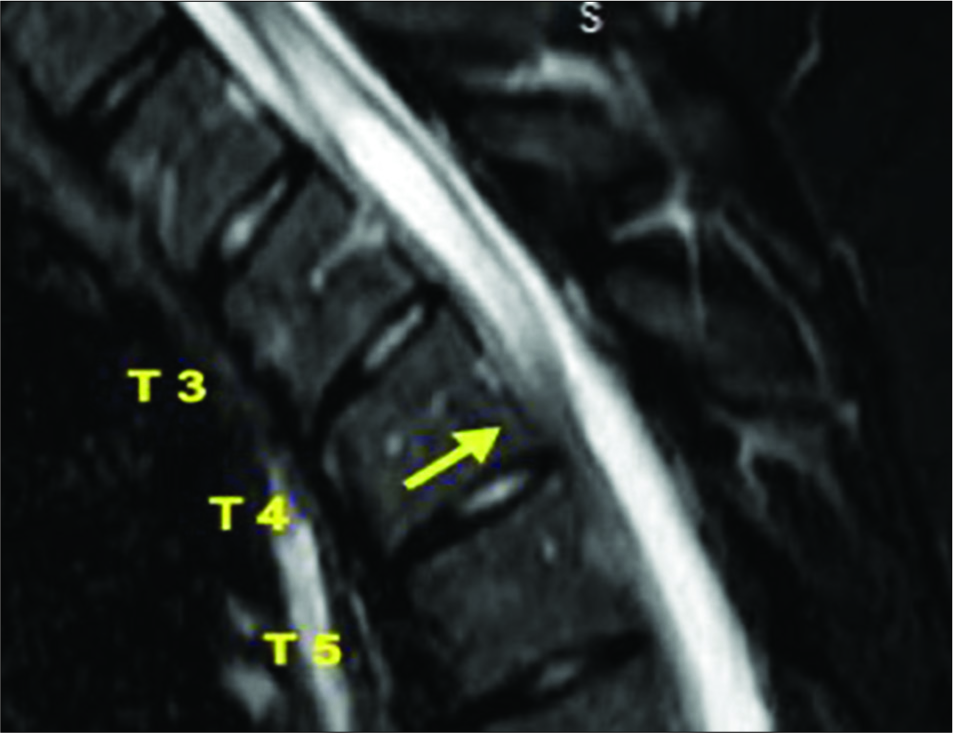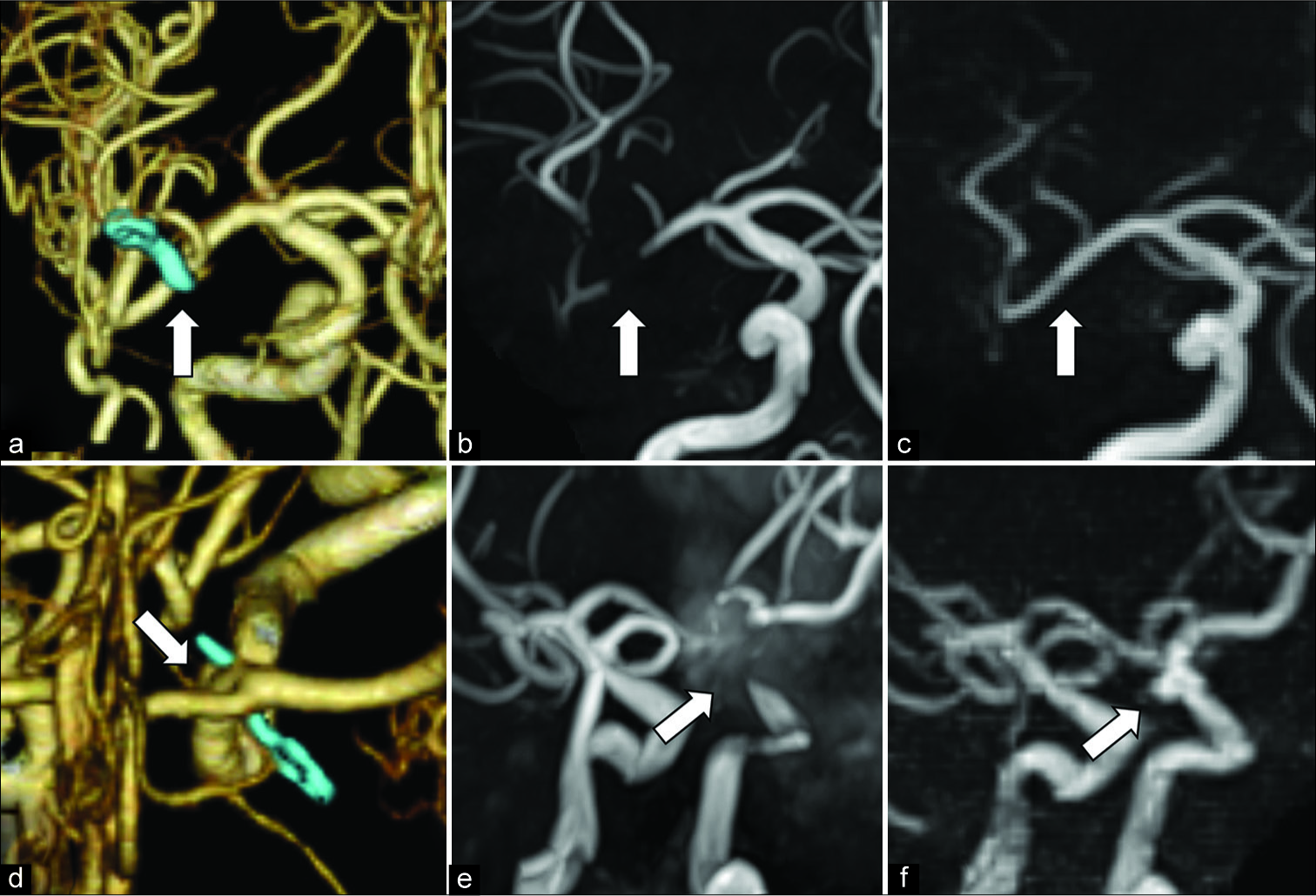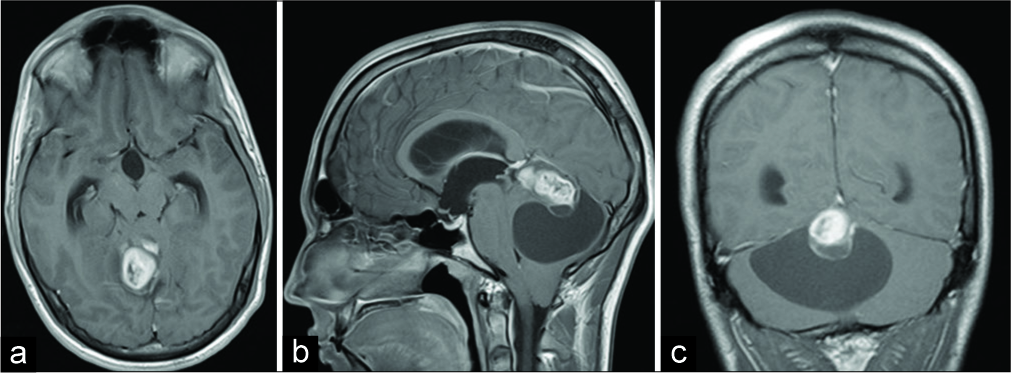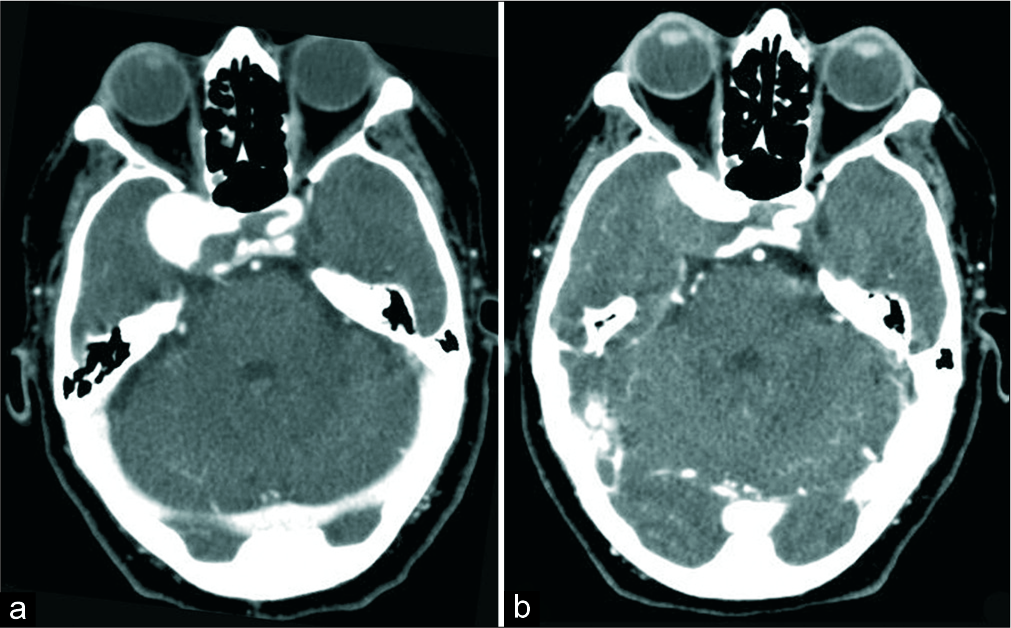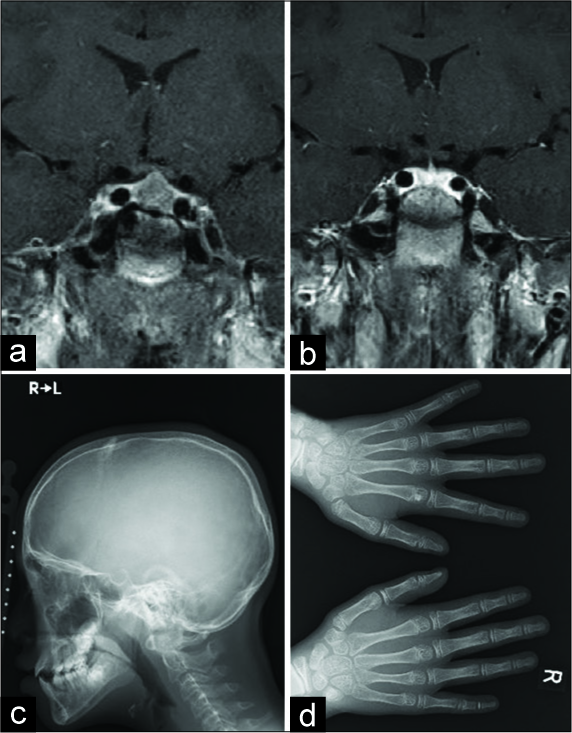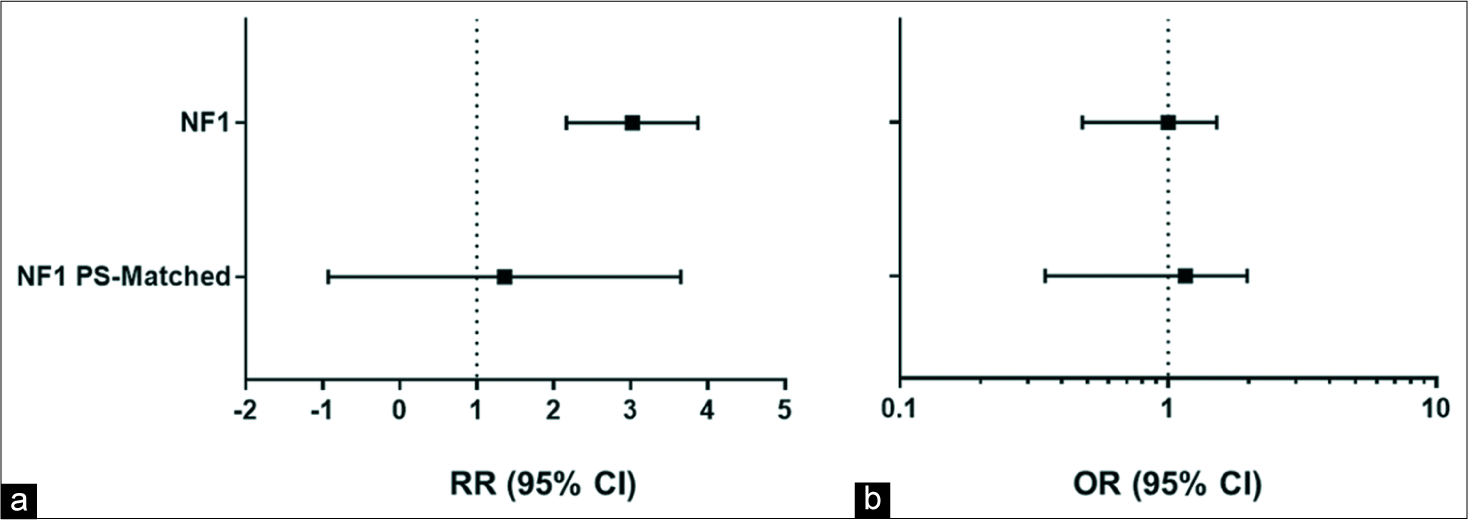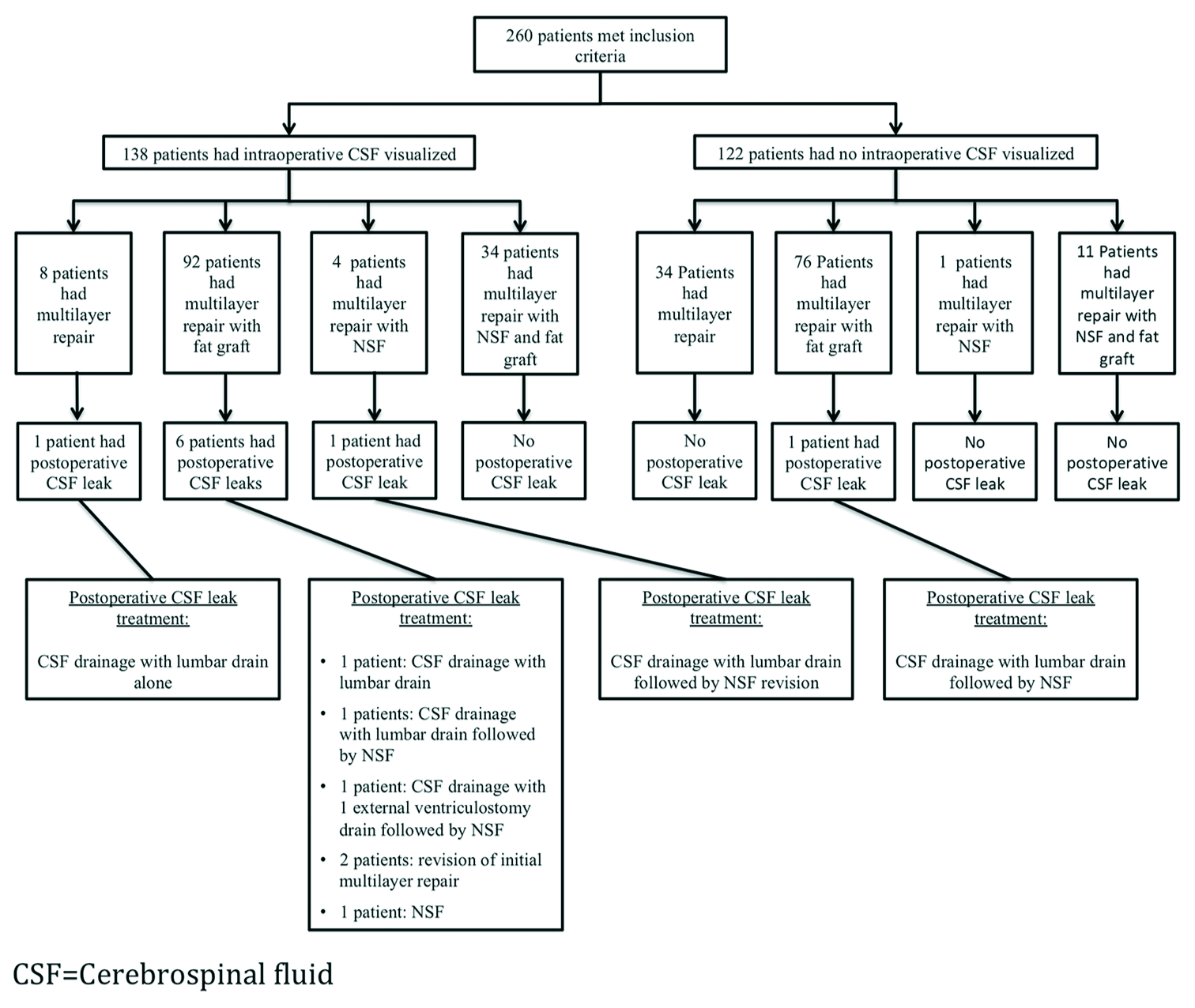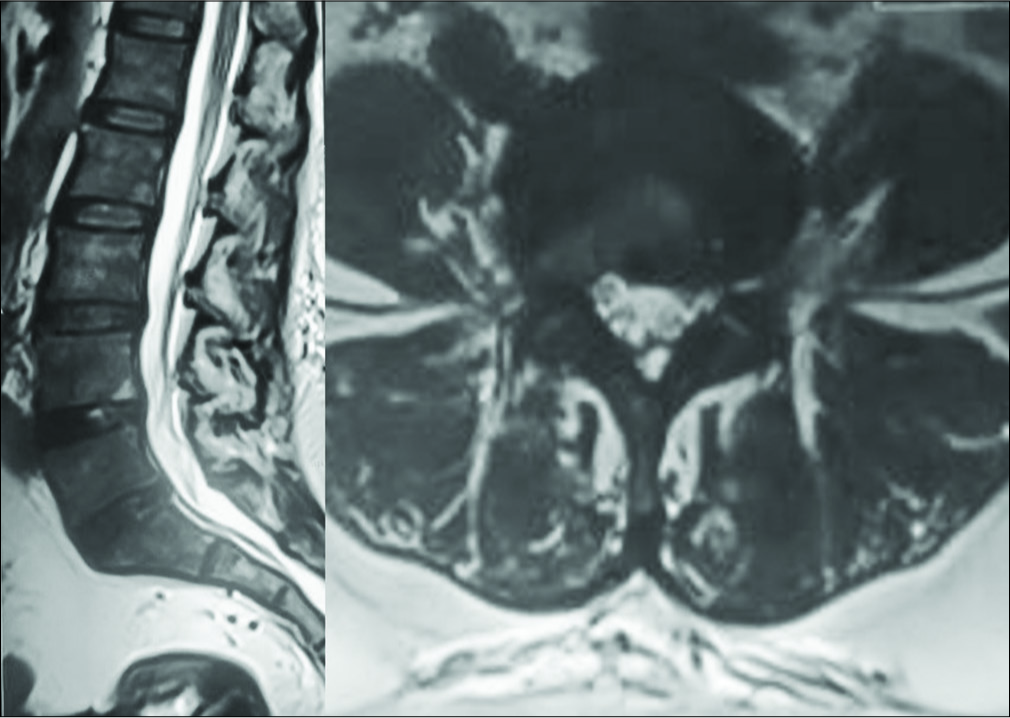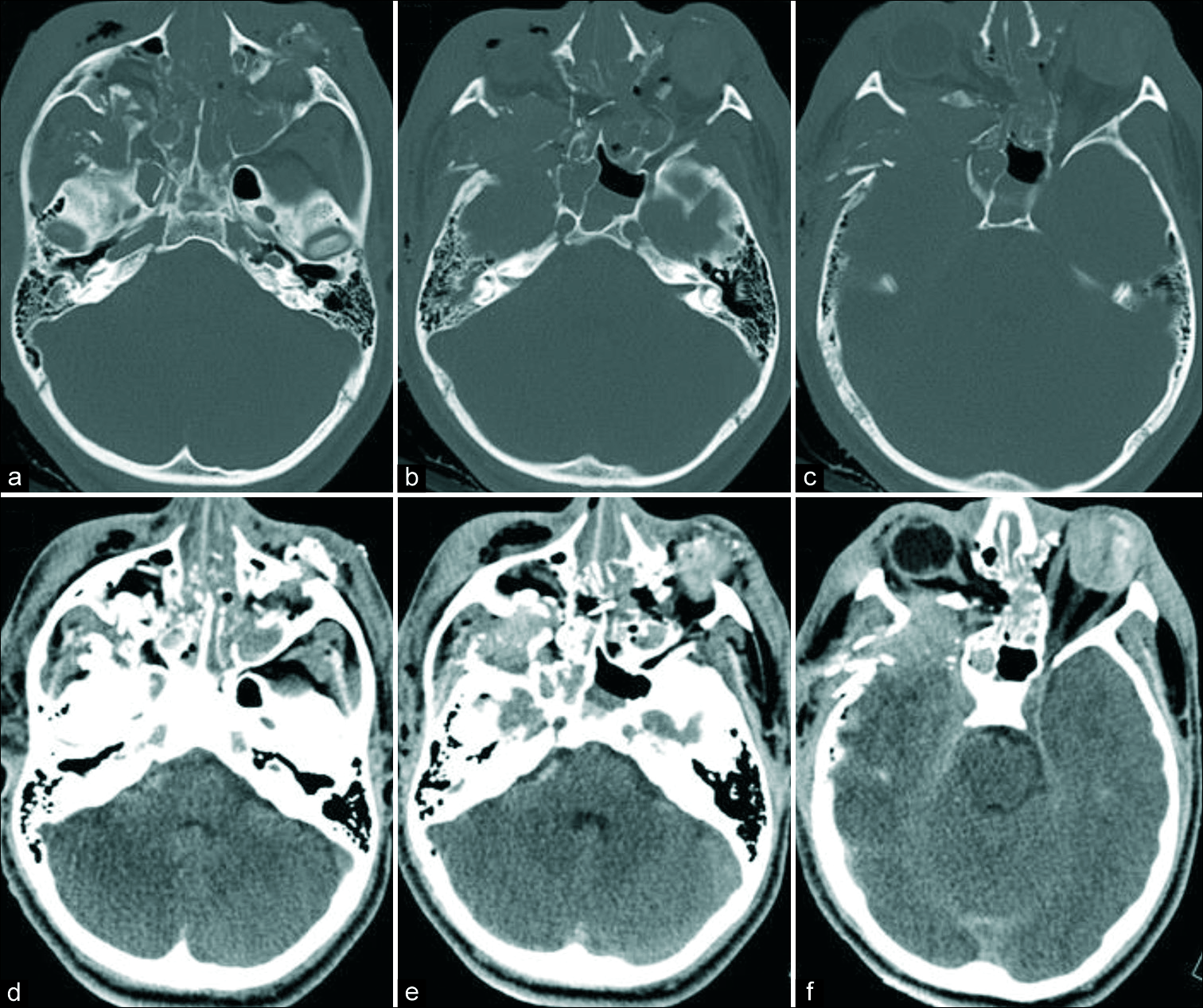Rare dorsal thoracic arachnoid web mimics spinal cord herniation on imaging
Date of publication: 11-Apr-2020
Background: Dorsal arachnoid webs (DAWs) are rare clinical entities that can mimic other conditions on magnetic resonance imaging (MRI). Here, we present a case of DAW that was misdiagnosed on MR as a ventral cord herniation.
Magnetic resonance angiography with ultrashort echo time evaluates cerebral aneurysm with clip
Date of publication: 11-Apr-2020
Abstract
Contrast-enhanced computed tomography angiography is usually valuable for the evaluation of clipped cerebral aneurysm, but it has side effects of contrast medium. Time-of-flight magnetic resonance angiography (MRA) is a non-invasive and fast method. However, clip-induced artifact limits assessment of the artery in the vicinity of a clip. MRA with ultrashort echo time (TE) reduces metal artifact. We use MAGNETOM Aera 1.5T (SIEMENS, München, Germany) and perform pointwise encoding time reduction with radial acquisition (PETRA)-MRA using ultrashort TE for the assessment of the cerebral aneurysm after clipping. We, herein, presented two representative cases with a clipped aneurysm which could be evaluated by PETRA- MRA. Especially in one of them, the neck remnant was revealed by PETRA-MRA. PETRA-MRA can reduce the time and the invasiveness and may be helpful for the usual follow-up of the clipped aneurysm with the development of MRA technology in the future.
A biphasic tumor in posterior cranial fossa and the pineal region in young adult
Date of publication: 11-Apr-2020
Background: Biphasic tumors of the central nervous system are rarely described and mainly consisted out of the glial and mesenchymal component. The tumor originated out of both astrocytes and pinealocytes, best to our knowledge, has not been described. We present a case of a brain tumor consisted out of pilocytic astrocytoma (PA) and pineocytoma as components situated in the pineal region and posterior cranial fossa in young adult.
Opening of unusual vascular collaterals leads to early recanalization of a giant intracavernous carotid artery aneurysm following common carotid artery occlusion: A Case report and literature review
Date of publication: 04-Apr-2020
Background: Parent artery occlusion (PAO) with or without bypass surgery is a feasible treatment for large intracavernous carotid artery (ICCA) aneurysms. The ideal occlusion site (internal or common carotid artery [CCA]) and ischemic complications after PAO have received special attention since the description of the technique. Unfrequently, some patients can also develop unusual external carotid artery-internal carotid artery collateral pathways distal to the ligation site that can explain the failure to aneurysm size reduction.
Acromegaly in preadolescence: A case report of a 9-year-old boy with acromegaly
Date of publication: 04-Apr-2020
Background: Acromegaly has been reported in adolescents and young adults, but it is unusual in preadolescence. Diagnosis and management pose different challenges in this age group. Here, we present a rare case of acromegaly in preadolescence.
Does neurofibromatosis 1 status impact outcomes for pediatric/young adults undergoing spinal fusion?
Date of publication: 04-Apr-2020
Background: Although spinal deformities are common in patients with neurofibromatosis type 1 (NF1), there is a paucity of data as to how this impacts outcomes of spinal fusion surgery in pediatric/young adult patients.
Preoperative radiographic and clinical factors associated with the visualization of intraoperative cerebrospinal fluid during endoscopic transsphenoidal resection of pituitary adenomas
Date of publication: 04-Apr-2020
Background: Intraoperative visualization of cerebrospinal fluid (CSF) during endoscopic endonasal resection of skull base tumors is the most common factor contributing to the development of postoperative CSF leaks. No previous studies have solely evaluated preoperative factors contributing to intraoperative CSF visualization. The purpose of this study was to identify preoperative factors predictive of intraoperative CSF visualization.
Mycobacterium abscessus mimicking tubercular spondylodiscitis following ozone therapy: A case report and review of literature
Date of publication: 04-Apr-2020
Background: The incidence of Mycobacterium abscessus (MA), a rapidly growing species of nontuberculous mycobacteria (NTM)-related infections, has been steadily rising over the past decade. Despite the increased prevalence of NTM-related infections, it is largely underreported from TB-endemic countries due to lack of awareness and limited laboratory facilities. Here, we report a rare case of L4–L5 spondylodiscitis caused by MA following ozone therapy (a noncondoned method of lumbar disc management).
COVID-19 Provides An Opportunity to Reassess How Frequent and How Extensive Elective Spine Surgery Should Be
Date of publication: 28-Mar-2020
Treatment of unusually located traumatic intracranial aneurysms and severe vasospasm following a gunshot wound to the head: A case report
Date of publication: 28-Mar-2020
Background: Traumatic intracranial aneurysms (TICAs) represent up to 1% of all intracranial aneurysms. They can be the result of non-penetrating and penetrating brain injury (PBI). Approximately 20% of TICA are caused by PBI. Endovascular treatments as well as surgical clipping are reported in the literature. Other vascular complications of PBI include vasospasm although the literature is lacking on this topic.


